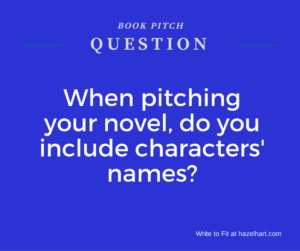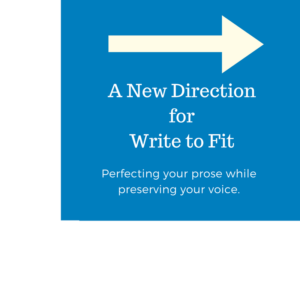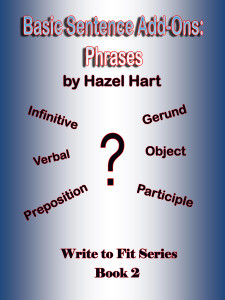When I began this post, I thought I knew what I was going to write. Then I opened Microsoft Word, typed the title, and stared at the blinking cursor. What now? If you are like most writers, you have had the same experience. What is the best way to get past it?
Blurt.
When you blurt, you say or write something without stopping to think. Blurting often reveals what you really think.
I realize you may have a negative reaction to blurting. After all, if you say something without thinking, it can get you into trouble. In fact, it probably has. But blurting can be good. You get your honest feelings out without stopping to worry about whether someone will be hurt by them or disagree or be bored.
You may be thinking “That sounds suspiciously like freewriting.”
I confess. The Blurt is freewriting. Calling it something else was my way of arousing your curiosity so you would give it your attention.
How to blurt
To blurt or freewrite, set a timer for ten, fifteen, or even twenty minutes and write without stopping. You can use blurting when you are searching for a topic or after you have a topic and are trying to find what you want to say about it. In April, I took a WordPress course, Writing 101. The first assignment was a twenty-minute freewriting. My effort is a good example of what freewriting (blurting) looks like, so take a look at my freewriting now. After reading it, come back to this post for more information on the blurting process.
As you can see from my freewriting example, I had no topic, only an assignment to write, so my thoughts were scattered. At the end of twenty minutes, I had touched on many possible topics including the act of freewriting and how I was spending free time in retirement. While writing about retirement, I touched on reading, walking, shopping at the farmer’s market, and marketing my books. I also mentioned a desire to travel.
What to do with a blurt once it is written
Review what you have written. Highlight those topics or sentences that say “Write about me.” I have chosen to write this post about how to blurt because writing is what this blog is all about. However, for my Seasoned Aspirer blog, I might have chosen to write about my desire to travel because that blog focuses on things I have always wanted to do and what I’m doing now to accomplish them.
When to blurt again
If your first blurt was not topic specific, then you may need to do a second one, this time focusing on your chosen subject. There are times when you may return to the process as you continue to narrow your topic. There will be more about that in a later post.
What should be included in a topic-specific blurt
Whether you have come to your topic through a series of general to specific blurts or have an assigned topic from an instructor or editor, when you arrive at the subject you know you will write about, you need to write about your connection to that topic. What qualifies you to write about the subject? Do you have personal experience with it? Have you taken a course on it? Watched television documentaries? Read news articles? Know what your Facebook friends think of it? In other words, what do you know about the subject and how did you come to know it?
As an example, I will choose my desire to travel as my topic. In my blurt, I might discuss my desired destinations and whether I should tour with a group or take my own car. I might write about costs, finding hotels, and the types of attractions I wanted to visit. My connections would include my past travel experiences, including one in which I was standing with a friend at a bus stop in downtown Denver at 1:00 a.m., having missed the last bus to her house and seeing a homeless person sleeping on a bench across the street and vowing to never again go anywhere without my car. My experience taught me that traveling by car is best for me.
What if I don’t know anything about the topic?
If you have been assigned a topic you don’t have direct knowledge of, say so. Then write about all the places you might find information without giving any thought to how you might actually do any of the things you write. If you start judging your options as you write them down, you might discard the very action that would be most valuable. Write first. Then think about how you might accomplish each task. Is there anyone you might ask? Are there YouTube videos? Can you do an online search? Is there an expert in your town you can interview? Where else can you get information? In this instance, the blurting will help you develop a plan to get the details you need to complete your assignment.
What’s next?
Once you have blurted on a specific topic and highlighted useful material, you are ready to identify your audience and narrow your subject, steps I will cover in the next two posts. In the meantime, go do some blurting.





